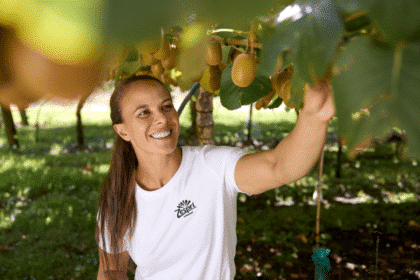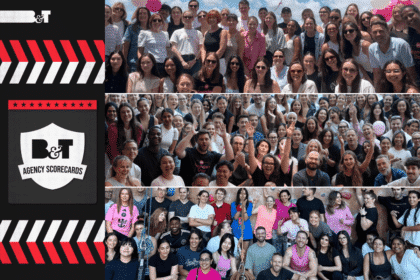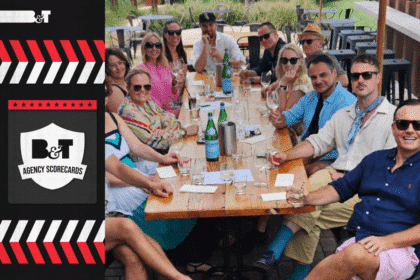In 2020, nearly half our planet’s population was using social networks. By 2025, this number is projected to reach 4.41 billion. What does that mean for the B2B landscape?
This is the question Simon Hickox, head of marketing for APJ at Seismic brought to an esteemed panel of speakers yesterday over a networking breakfast at the stunning 12-Micron, Barangaroo.
The experts Sarah Tucker (Head of Marketing for APAC Enterprise at LinkedIn Marketing Solutions), Mark McInnes (Sales Capability Consultant), and Matthew Verity (Head of Sales Enablement at McCorkell) spoke to an audience of over 60 attendees who were eager to learn about the facts and figures, hurdles and opportunities of social selling for B2B in today’s market.
Here are some key takeaways:
The changing landscape in APAC for B2B buyers and organisations:
B2B audiences are engaging across multiple platforms and as Tucker points out, the Millennials and Gen Zs who make up a significant proportion of APAC’s workforce are “more interested in remote working”. More than ever young professionals are “using digital tools to get sales and insights” and therefore seek more “digital touch-points and connections”.
Hickox commented on how this has affected the B2B appetite with “two out of three buyers preferring digital buys”. What does this imply for today’s sellers?
McIness outlined how the “volume of communication to break through is enormous” today with a recent Hubspot report outlining how year-on-year from January 2021 to 2022 there has been a 236 per cent increase in eDMS being sent out, and as a result, a 32 per cent decline in response rate.
Why might this issue be occurring? Verity pointed to Salesforce’s recently released data that suggests “only 29 per cent of sellers have had training and coaching on how to sell virtually”. In order to stand out, sellers need to reshape their idea of engagement and, as he articulates, “switch our motion” by overcoming the resistance for face-to-face deals that up until now has been perceived as the best way to have a conversation with buyers.
Hickox explained how organisations need to “empower their customer-facing team to build the seeds of trust with the use of technology and importantly find the balance to incorporate that human element” across their digital touch-points.
McIness offered the winning formula: “trust equals rapport plus credibility”. Where salespeople go wrong over digital is trying to overemphasise rapport.
Today, sellers are faced with a conundrum: rapport used to be built over coffee or a drink. Today, that presentation layer needs to be redefined for their social presence. Which leads us to the next main point…
The challenges and roadblocks with reshaping buyer engagement on social media:
McIness stated “it’s called social media for a reason”. We risk getting lost in the measurement side of things, trying to draw the line from emails to sales. Rather, organisations “should be using all the (digital) channels to start a conversation with buyers”.
To this point, Verity described how the Australian tall poppy syndrome poses a unique challenge for brands and sellers looking to bolster their presence across socials: “We’re more conservative by nature. We need to reduce that fear because we’re seeing that people are rewarded for being thought-leaders”.
What are the opportunities if buyer centric engagement is done right?
“You can’t measure the long,” Tucker affirmed. When marketers pitch in to “build the profile and online presence of a brand” it trickles down to help the sales team drive home deals. It builds the trust element of McIness’ formula.
Investing time and resources into building your digital presence and training your sales team pays dividends because, as Verity summarised, “millennials are looking for a voice”.
This is where platforms like Seismic make a difference. They help you engage with your audience more effectively, and equip your sales reps with the skills and tools needed to stand out and build trust with customers with data-backed insights and personalised coaching plans.
Specifically looking at Seismic LiveSocial solution, it’s AI powered technology looks at more than 150,000 pieces of content, from more than 11,000 publishers, every day. Each user is served a highly-personalised and completely adjustable stream of content that best fits their interests and the needs of the markets they sell or serve.
They also have one or more streams of content from their marketing team. This makes it easy for every user to share highly relevant, current content. So no more lookalike sharing. No more stale content. No more time spent finding the ideal corporate and third-party content for each user and their clients.







